Filter by
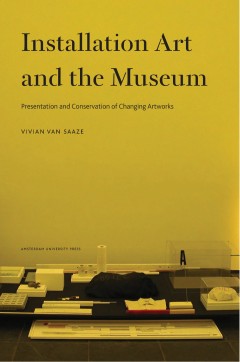
Installation art and the museum : presentation and conservation of changing a…
Installation art has become mainstream in artistic practices. However, acquiring and displaying such artworks implies that curators and conservators are challenged to deal with obsolete technologies, ephemeral materials and other issues concerning care and management of these artworks. By analysing three in-depth case studies, the author sheds new light on the key concepts of traditional conser…
- Edition
- -
- ISBN/ISSN
- 9789089644596
- Collation
- 225p. : ill.
- Series Title
- -
- Call Number
- 709.0407 VAN i
Deconstructing martial arts
What is the essence of martial arts? What is their place in or relationship with culture and society? Deconstructing Martial Arts analyses familiar issues and debates that arise in scholarly, practitioner and popular cultural discussions and treatments of martial arts and argues that martial arts are dynamic and variable constructs whose meanings and values regularly shift, mutate and transfor…
- Edition
- -
- ISBN/ISSN
- 9781911653035
- Collation
- xi, 170p.: ill.
- Series Title
- -
- Call Number
- 796.8 BOW d
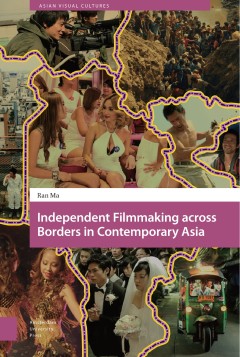
Independent filmmaking across borders in contemporary Asia
Independent Filmmaking across Borders in Contemporary Asia examines an array of auteur-driven fiction and documentary independent film projects that have emerged since the turn of the millennium from East and Southeast Asia, a strand of transnational filmmaking that converges with Asia’s vibrant yet unevenly developed independent film movements amidst global neoliberalism. These projects bear…
- Edition
- -
- ISBN/ISSN
- 9789048537921
- Collation
- 278p. : ill.
- Series Title
- -
- Call Number
- 791.43095 MA i
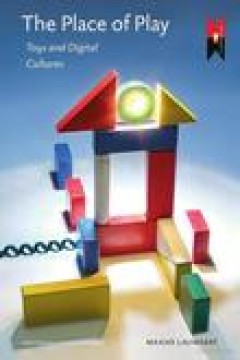
The place of play : toys and digital cultures
Increasingly, technology is at stake in toys, games and playing. With the immense popularity of computer games, questions concerning the role and function of technology in play have become more pressing. A key aspect of the increasing technologization and digitalization of both toys and play is the vagueness of borders between producers, consumers and players. In these so-called participatory c…
- Edition
- -
- ISBN/ISSN
- 9789089640802
- Collation
- 159 p.
- Series Title
- MediaMatters
- Call Number
- 794.8 LAU p
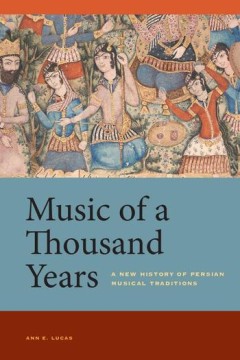
Music of a thousand years : a new history of Persian musical traditions
"Iran’s particular system of traditional Persian art music has been long treated as the product of an ever-evolving, ancient Persian culture. In Music of a Thousand Years, Ann E. Lucas argues that this music is a modern phenomenon indelibly tied to changing notions of Iran’s national history. Rather than considering a single Persian music history, Lucas demonstrates cultural dissimilarity…
- Edition
- -
- ISBN/ISSN
- 9780520300804
- Collation
- xviii, 265p. : ill
- Series Title
- -
- Call Number
- 780.955 LUC m
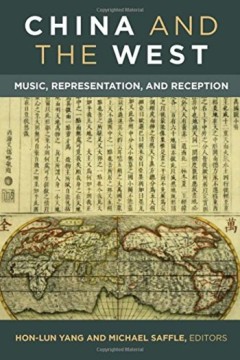
China and the West : music, representation, and reception
'China and the West: Music, Representation, and Reception' is the first book to explore how Chinese and Western musical materials and traditions—those involving instruments, melodies, rhythms, staged diversions (including operas and musical comedies), concert works, film scores, and digital recordings of several kinds—have gradually moved closer together and become increasingly accepted, …
- Edition
- -
- ISBN/ISSN
- 9780472130313
- Collation
- ix, 328p. : ill.
- Series Title
- -
- Call Number
- 780.951 CHI c
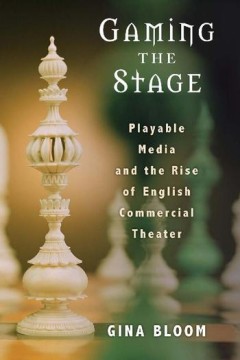
Gaming the stage : playable media and the rise of English commercial theater
Rich connections between gaming and theater stretch back to the 16th and 17th centuries, when England's first commercial theaters appeared right next door to gaming houses and blood-sport arenas. In the first book-length exploration of gaming in the early modern period, Gina Bloom shows that theaters succeeded in London's new entertainment marketplace largely because watching a play and playi…
- Edition
- -
- ISBN/ISSN
- 9780472073818
- Collation
- xii, 276p. : ill.
- Series Title
- -
- Call Number
- 792.094209031 BLO g
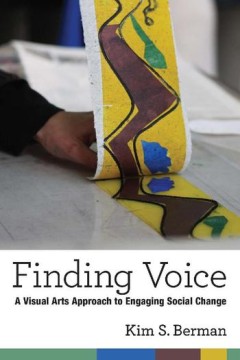
Finding voice : a visual arts approach to engaging social change
In Finding Voice, Kim Berman demonstrates how she was able to use visual arts training in disenfranchised communities as a tool for political and social transformation in South Africa. Using her own fieldwork as a case study, Berman shows how hands-on work in the arts with learners of all ages and backgrounds can contribute to economic stability by developing new skills, as well as enhancing pu…
- Edition
- -
- ISBN/ISSN
- 9780472073665
- Collation
- ix, 225p. : ill.
- Series Title
- -
- Call Number
- 701.03 BER f
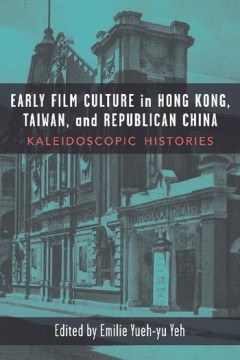
Early film culture in Hong Kong, Taiwan, and Republican China : kaleidoscopic…
This volume features new work on cinema in early twentieth-century Hong Kong, Taiwan, and Republican China. Looking beyond relatively well-studied cities like Shanghai, these essays foreground cinema’s relationship with imperialism and colonialism and emphasize the rapid development of cinema as a sociocultural institution. These essays examine where films were screened; how cinema-going as a…
- Edition
- -
- ISBN/ISSN
- 9780472073726
- Collation
- ix, 354p. : ill.
- Series Title
- -
- Call Number
- 791.430951 YEH e

Skate life : re-imagining white masculinity
Skate Life examines how young male skateboarders use skate culture media in the production of their identities. Emily Chivers Yochim offers a comprehensive ethnographic analysis of an Ann Arbor, Michigan, skateboarding community, situating it within a larger historical examination of skateboarding's portrayal in mainstream media and a critique of mainstream, niche, and locally produced media te…
- Edition
- -
- ISBN/ISSN
- 9780472070800
- Collation
- xi, 225p. : ill.
- Series Title
- -
- Call Number
- 796.22 YOC s
 Computer Science, Information & General Works
Computer Science, Information & General Works  Philosophy & Psychology
Philosophy & Psychology  Religion
Religion  Social Sciences
Social Sciences  Language
Language  Pure Science
Pure Science  Applied Sciences
Applied Sciences  Art & Recreation
Art & Recreation  Literature
Literature  History & Geography
History & Geography